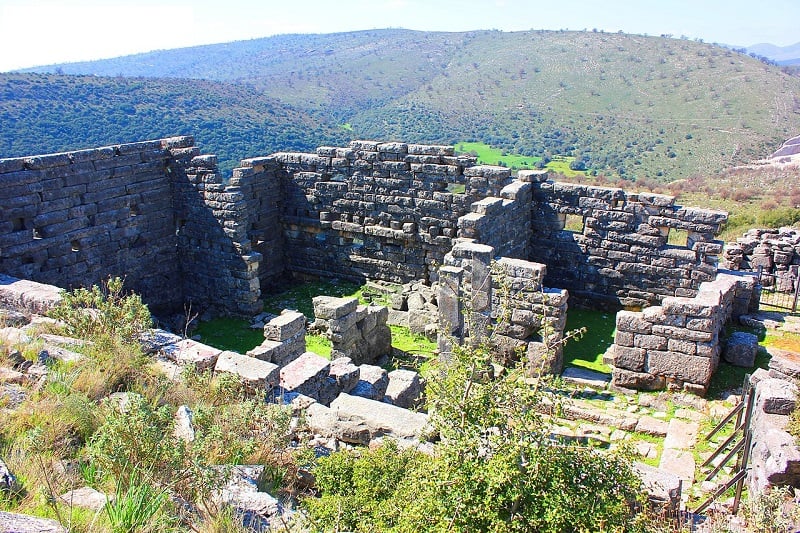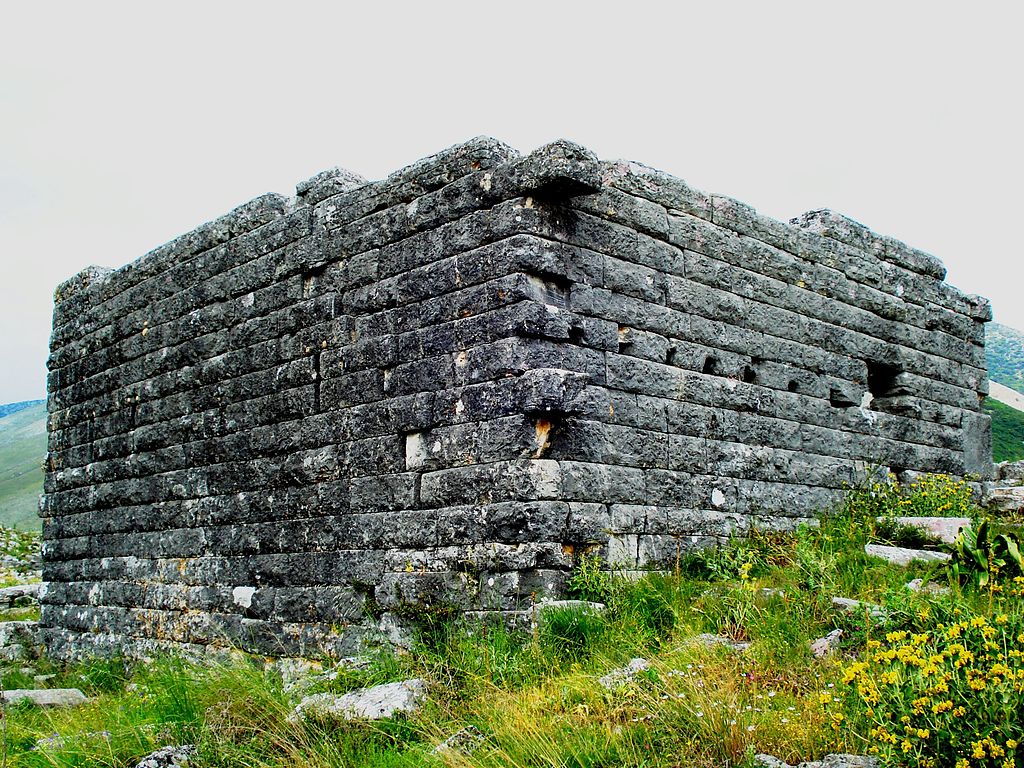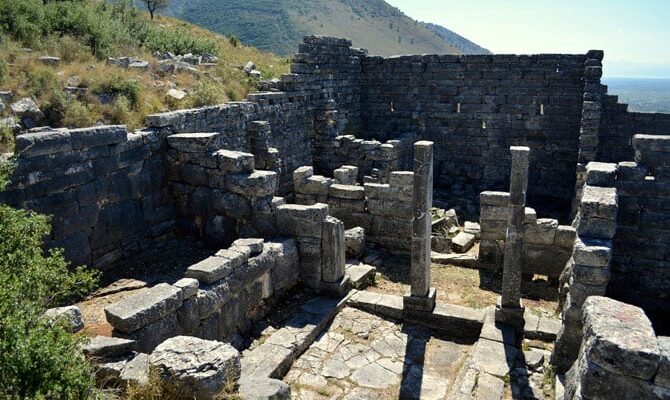
In the ancient city of Orraon or Horreum in Epirus, Greece, one can still see the best preserved ancient houses from the Classical and Hellenistic periods.
Four well-preserved buildings of the late Classical period, namely three private houses and a public structure.
In Orraon, most of the houses are still standing two story high and the street plan is still visible. In the town plan, twelve narrow parallel streets in the north and south cross two wider streets.

Orraon settlement consisted of 100 ancient Greek houses
The settlement consisted of one hundred houses built of local limestone. One house occupies the full width of each insula. Several pieces of the houses still remain today. The main parts that are visible today are the stone of which the homes were constructed, the window frames, door frames, and a few more features of the house that are still visible.
Everybody in the town of Orraon used a cistern. The cistern was located near the main gate, which was located in the northeast part of town. It was located in this area because it was the city’s highest altitude. There was a closure wall and stairs located around the cistern, as well.
The stairs allowed residents to access the bottom of the tank to cleanse it and retrieve water. The wall was built out of rectangular stones and limestone; it was higher than the cistern to discourage people from throwing trash into the tank.
There are only a few preserved Ancient Greek buildings, and, in most cases, only public buildings, such as temples, auditoriums, stadiums, oracles, markets, and cemeteries, that are in perfect condition. Private homes are usually not well-preserved, and, in most cases, archeologists can only locate their foundation.
Orraon was founded at the end of the 4th century BC when Alketas was the king of the Molossoi or in the second quarter of the same century.
A notable feature of Orraon is its defensive character. With massive fortification walls reinforced with towers in places and a cistern for collecting water, this city-fortress was located in a strategic position, guarding the passage from the Amvrakikos Gulf to the Ioannina basin, the territory of Molossoi.

Destroyed by the Romans
Orraon was destroyed by the Romans in 167 BC but was subsequently rebuilt and finally abandoned by its inhabitants, who were forced out to settle down in Nicopolis after 31 BC.
Ancient Nicopolis, situated near Preveza in the western part of Epirus, is a well-preserved archeological site. It is a complete ancient city with an odeum, theater, walls and many more relics.
A few years ago, Greek authorities constructed the modern Archaeological Museum of Nicopolis, which hosts several exhibitions of interest throughout the year.



